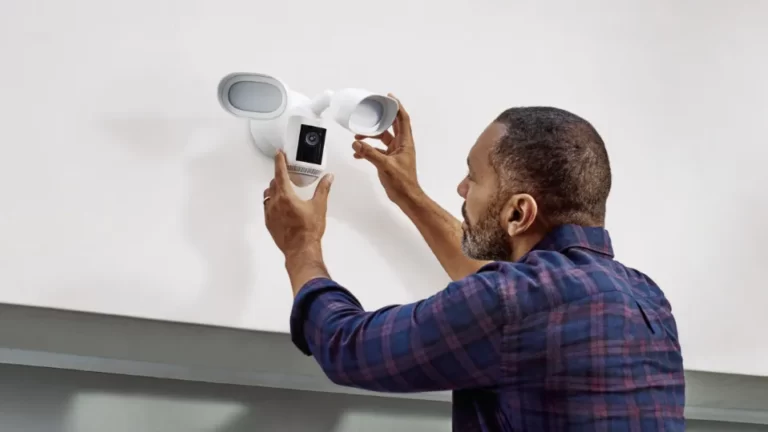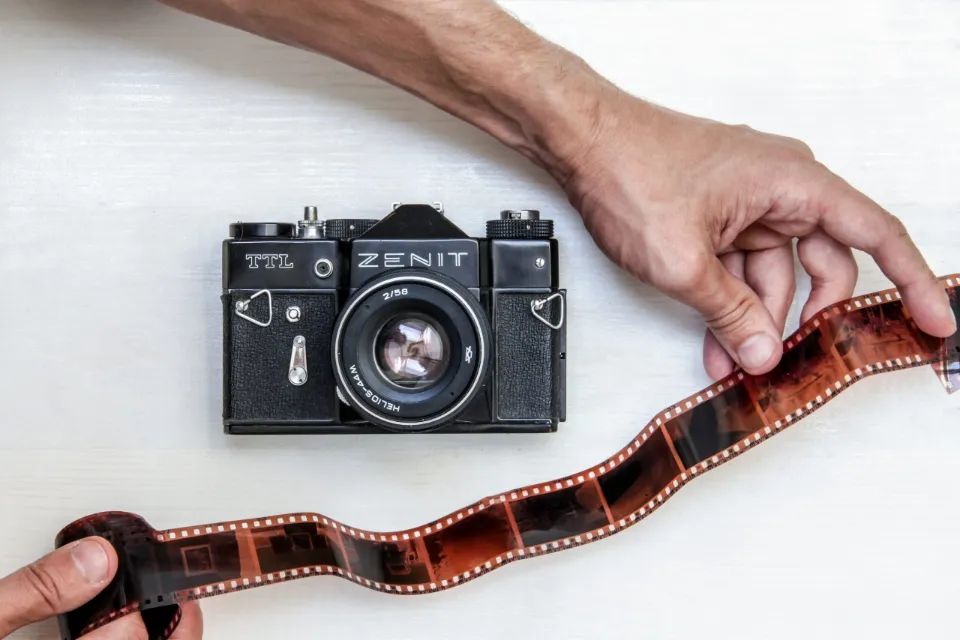More and more home security cameras are popping up around homes these days. That’s because security cameras have become ridiculously affordable over the past few years, and they offer a great, basic entry point into the world of connected home security.
Add that these devices are easier than ever to set up, and there are dozens of options on the market specifically tailored to your needs (including video doorbells, indoor cameras and outdoor cameras) and suddenly you might wonder why everyone doesn’t have a security cam.
The question of how to maximize the performance of a home security camera still exists if you’ve already purchased one.
We’re here to assist you in determining which aspects of home security cameras will be most beneficial to you out of all their features, functions, and capabilities. You can also find tips on the worst places to put your home security cameras, and how to keep your security cameras from getting hacked.
Table of Contents
1. Choose the Right Location for Your Security Camera
There are many reasons why people choose to purchase home security cameras. It could be because you’ve had porch pirates steal your packages, or because you want to keep an eye on your children when they are home alone. Where should you place your security camera, then, given your specific purpose?
If you have a video doorbell (you can find CNET’s tested picks for the best video doorbells here), Ring advises mounting it 4 feet off the ground. This gives you the chance to photograph the faces of potential visitors as well as any packages left by the door. If you’re primarily concerned with package monitoring, it might be worth considering more expensive video doorbells that feature wider angle lenses, such as Arlo’s excellent devices.
If you’re using an outdoor security camera that’s not a video doorbell to monitor your entrances, it should go above a window or a doorframe, facing downward to cover the area a few feet in front of the opening if you’re looking to track deliveries. Check the range of your camera as well; for outdoor photography, you want the widest angle you can get and ideally a 1:1 aspect ratio.
Various uses for indoor cameras are possible. Again, positioning a wide-angle lensed camera in the corner should be effective if you’re looking to keep an eye on general activity, like children in the house. A device with a narrower lens, perhaps with night vision, would be the best choice if you wanted to monitor entryways for security reasons.
Either way, it’s a good idea to keep indoor security cameras pointed away from private areas to avoid breaches of privacy.
2. Make Sure Your Camera is Recording
If you want to install a security camera in your house to catch package thieves in the act, keep in mind that if the video isn’t recorded, you won’t be able to give the police any evidence.
Even though it might seem obvious to ensure that the video your home security system records is kept, many cameras don’t come with cloud storage or a storage chip, also known as a SIM card. If you want to access the cloud storage offered by, say, a Ring or Arlo device, you’ll need to buy a $3 monthly subscription in addition to the camera. Some items, like Wyze’s cameras, have SIM card slots.
3. Check Your Motion Sensing Sensitivity Settings
Constant push notifications on your phone because a tree in your front yard is swaying in the wind are the absolute worst. On the other hand, it would be extremely upsetting to invest in an expensive video doorbell only to have a package stolen off your doorstep with no warning at all.
Just taking and/or recording video won’t allow the home security camera to perform to its full potential. While those characteristics undoubtedly aid in the identification of a burglar, they do little to deter them from carrying out their intended actions.
Even if it’s just to alert you that someone is approaching your door with a package, motion detectors on security cameras are very helpful. Some cameras have features like alerts for packages only, people only, or a camera to watch or interact with your pet. Ring cameras — and many others, too — allow you to adjust motion detection sensitivity and set a schedule to turn off alerts when you know that certain people will be going in or out.
For many cameras, you can also modify your notification window so that you only receive alerts when there is motion at your doorstep and not on the sidewalk outside.
4. Set Up (the Right) Notifications
On security cameras for the home, motion detection is a crucial safety feature, but the meaning of various motions can vary. Additionally, there are times when you don’t want motion to make your phone buzz. Setting schedules is a good first step, as was previously mentioned. However, you might also prefer to receive specific notifications at particular times. For instance, you might use your phone more in the evenings, but email notifications might work best in the morning. Or different occupants of the same home might be present at different times of the day.
Your ability to modify these notification settings in the camera’s app will depend on the type of camera you own.
5. Connect to Other Smart Devices in the House
The majority of the time, any notifications that your home security camera does send will be sent to your smartphone. But you can also connect your home security camera to other smart devices in your home, for instance calling up a live stream on your Amazon Echo or when the video doorbell is pressed by a visitor, the Nest Hub Max.
Other ways of integrating voice assistants with some cameras are also available. Ring, for instance, uses Alexa for smart responses to visitors ringing the doorbell.
6. Read Up on Your Camera’s Special Perks
Finally, learn about the specific capabilities of your devices to make the most of your home security camera. Even though most home security cameras have features in common, most also have something that makes them stand out from the crowd. Some of the common, or less common, features you’ll see include:
- Night vision
- Two-way talk
- Wide angle lenses or unusual aspect ratios (useful for video doorbells)
- Spotlights
- Integration with other smart home devices
- Free cloud storage (though this is increasingly rare)
- Weather protection for outdoor devices
- Smart alerts (distinguishing between packages, people, pets and other things)
- Professional monitoring
- Radar
It’s also worthwhile to consider which features are most important to you if you haven’t already purchased a device. And if you already own a device, knowing what features it has can help you use it more effectively.
The Bottom Line
Your overall home security strategy may benefit greatly from the addition of home security cameras. Along with standard home security procedures, the aforementioned advice will help you get the most out of your home security camera.
For more information about your options, read about CNET’s recommended video doorbells, outdoor cameras and indoor cameras.
Read More: Do Security Cameras Have Audio?
Source: CNET





